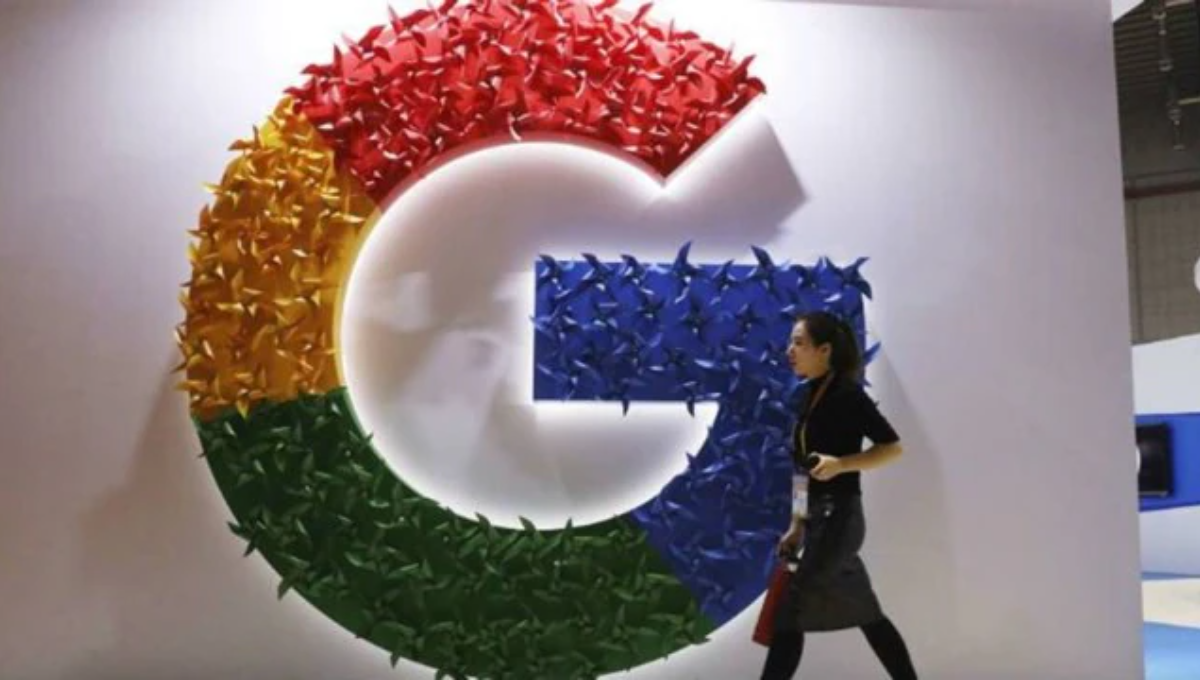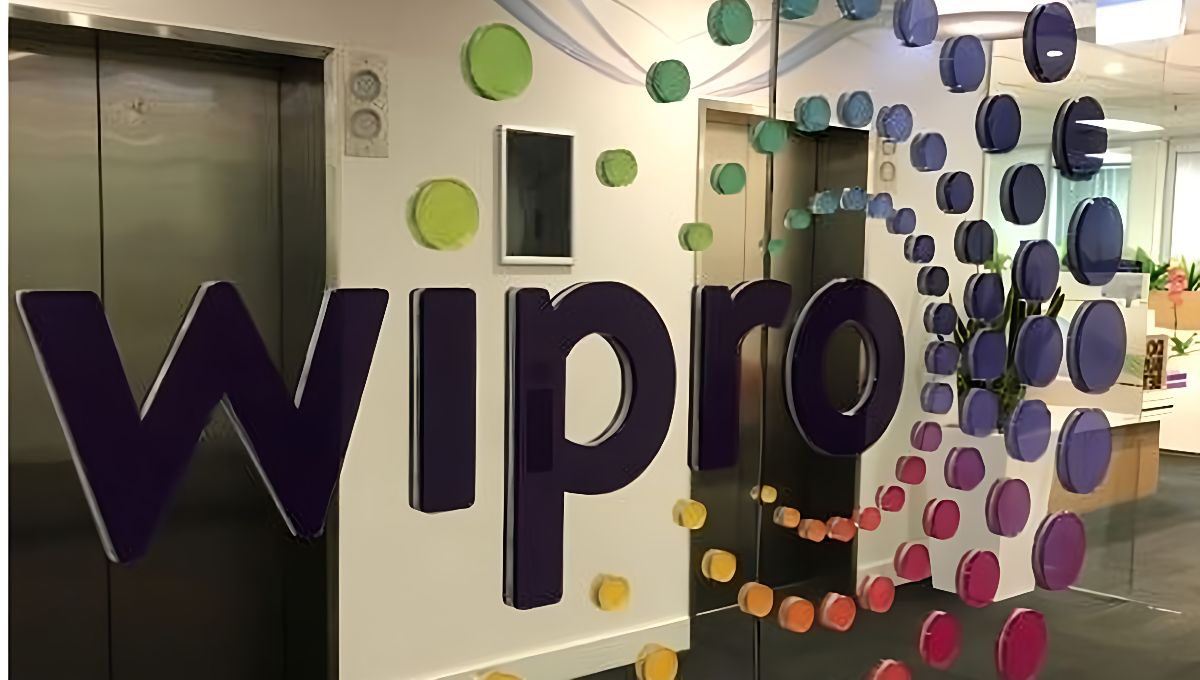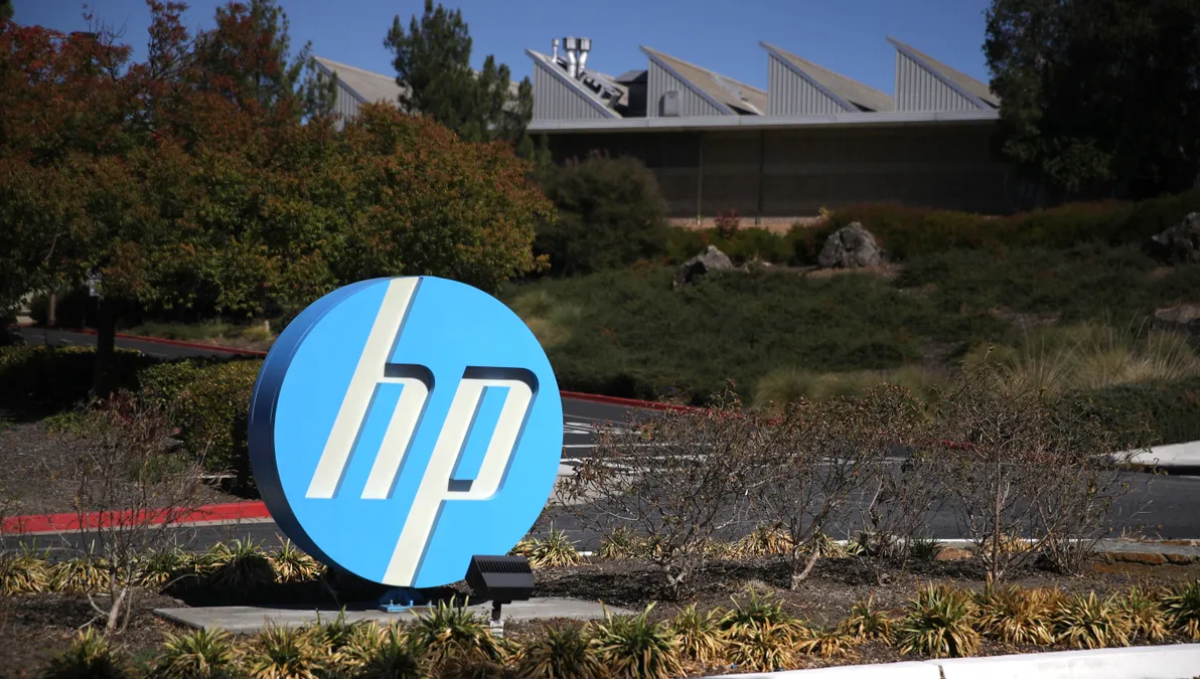Google Cloud’s Turnaround: From Costly Gamble to Alphabet’s New Growth Engine
Once viewed as a money-losing division, Google Cloud has transformed into one of Alphabet’s fastest-expanding businesses, fueled by bold investments in AI, datacenters, and custom hardware.
Alphabet announced on Wednesday that its cloud division brought in more than $15 billion in revenue during the third quarter, a 34% jump from last year, driven by surging demand for AI infrastructure and services powered by Google’s Gemini model.
The growth now positions Google Cloud as a key rival to YouTube in becoming Alphabet’s second-largest source of income after its search advertising empire.
Alphabet CEO Sundar Pichai said in an October interview that Google Cloud will play an increasingly central role in the company’s future strategy, reflecting its growing importance within Alphabet.
A major part of this turnaround stems from the leadership of Thomas Kurian, who took charge of Google Cloud in 2018 after a long career at Oracle. Under his guidance, the unit’s market share climbed from 7% in 2018 to 13% in 2025, according to Synergy Research Group.
When Pichai succeeded co-founder Larry Page as CEO in 2019, he highlighted Google Cloud and YouTube as his two bets for expanding Alphabet beyond its reliance on advertising.
While YouTube achieved massive success, drawing over a billion hours of daily watch time, Google Cloud initially lagged behind, losing billions from 2018 to 2022 due to heavy spending on servers and infrastructure.
The unit finally turned profitable in 2023, marking a crucial milestone that validated years of investment.
With the explosive rise of generative AI, Alphabet now sees an opening to narrow the gap with Microsoft and Amazon, which currently control about 20% and 30% of the cloud market, respectively.
However, the rapid rise has come at a steep cost. Alphabet startled Wall Street twice this year by reporting larger-than-expected capital expenditures tied to the need for more infrastructure to support its cloud growth.
Industry analysts say this is exactly the opportunity Google Cloud has been preparing for. “This is the moment Google Cloud was waiting for,” said Dave McCarthy, a director at IDC, who noted that investors now view Alphabet’s future through the lens of its cloud potential.
In conversations with Reuters, senior Alphabet executives revealed the internal transformation behind the turnaround—one built on cultural shifts, a stronger sales focus, and disciplined management.
Reinventing the Culture
When Kurian joined, Google Cloud struggled to attract large enterprises, often overshadowed by the advertising side of Google’s business.
Former employee Josh Gwyther recalled, “We’d ask the ads team for help with clients and they’d tell us, ‘Get out of here, kid.’” That dynamic has since changed.
Thanks to its AI offerings, Google Cloud is now a serious contender for major contracts once reserved for Amazon Web Services and Microsoft Azure.
“The ads business remains strong, but we’re growing much faster,” said Matt Renner, Google Cloud’s president of global revenue.
Kurian shared that nine of the world’s top 10 AI labs are now customers, including OpenAI, Anthropic, and Safe Superintelligence.
When Kurian arrived from Oracle, he introduced a more structured, financially disciplined approach to replace Google’s traditionally open, experimental culture.
He reduced expenses by opening offices in lower-cost regions like North Carolina and Poland and by renegotiating internal contracts where Google Cloud was being overcharged.
Kurian also shifted the team’s focus from bookings to actual revenue and restructured sales teams to target customers by industry sector rather than by geography, helping sales reps specialize in client needs.
Analysts say these reforms have helped Google Cloud reach technological and competitive parity with its larger rivals. “The three major clouds are now on roughly equal footing,” noted Goldman Sachs’ Eric Sheridan.
Partnering with Rivals
Another major turning point came when Kurian successfully lobbied to transfer Google’s TPU (Tensor Processing Unit) business under Google Cloud’s control in 2022.
That move gave the cloud unit the ability to sell and allocate Google’s proprietary chips directly to customers, rather than waiting for approval from internal teams.
At a time when the world faced a shortage of AI computing power, Alphabet made the surprising choice to offer its chips to external developers, including competitors.
While the decision sparked internal tensions, it also opened massive new business opportunities. “We’re the only major cloud with both our own chips and our own AI models,” Kurian said.
Google Cloud’s partnership with Anthropic became one of its biggest wins. After extensive testing, Anthropic began deploying Google’s TPUs at scale in 2024 and later expanded the deal to use up to one million TPUs, a contract worth tens of billions of dollars.
Anthropic, now valued at $183 billion, also works with Amazon but aims to reduce reliance on Nvidia, which dominates 80% of the AI chip market.
Other leading AI developers, including Apple and Safe Superintelligence, have since adopted Google’s TPUs as well.
During an earnings call this week, Pichai said Alphabet is continuing to expand TPU capacity to meet overwhelming customer demand.
Kurian has also kept the door open to partnerships with competitors, saying he would welcome OpenAI’s enterprise models on Google Cloud if the company is interested.
A Shift in Power
Google Cloud’s rise has reshaped the internal dynamics at Alphabet, giving Kurian more influence in the company’s key leadership meetings.
Pichai said Kurian has helped ensure that Alphabet’s focus on users now extends to enterprise clients as well.
Despite its momentum, Google Cloud still trails its biggest rivals and must keep spending heavily to maintain growth.
In July, Alphabet increased its projected 2025 capital spending by $10 billion to $85 billion, and this week raised it again to between $91 billion and $93 billion, with even higher spending expected in 2026.
Though concerns about an AI market bubble are growing, Pichai expressed confidence in the durability of Google’s AI and cloud businesses. “We’ve been investing in AI for a decade,” he said. “And we’ll still be doing it a decade from now.”
Also Read:
NVIDIA’s 260,000 GPUs to Power South Korea’s AI Ambitions
IBM Partners with AICTE to Establish National AI Lab in New Delhi









